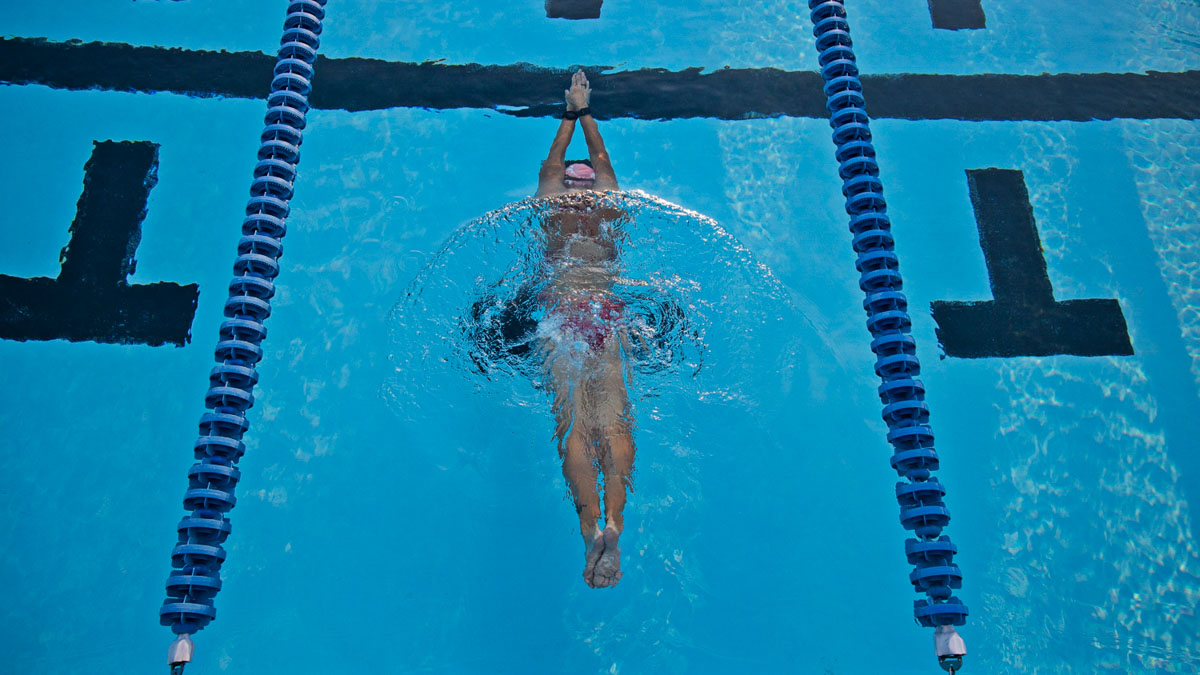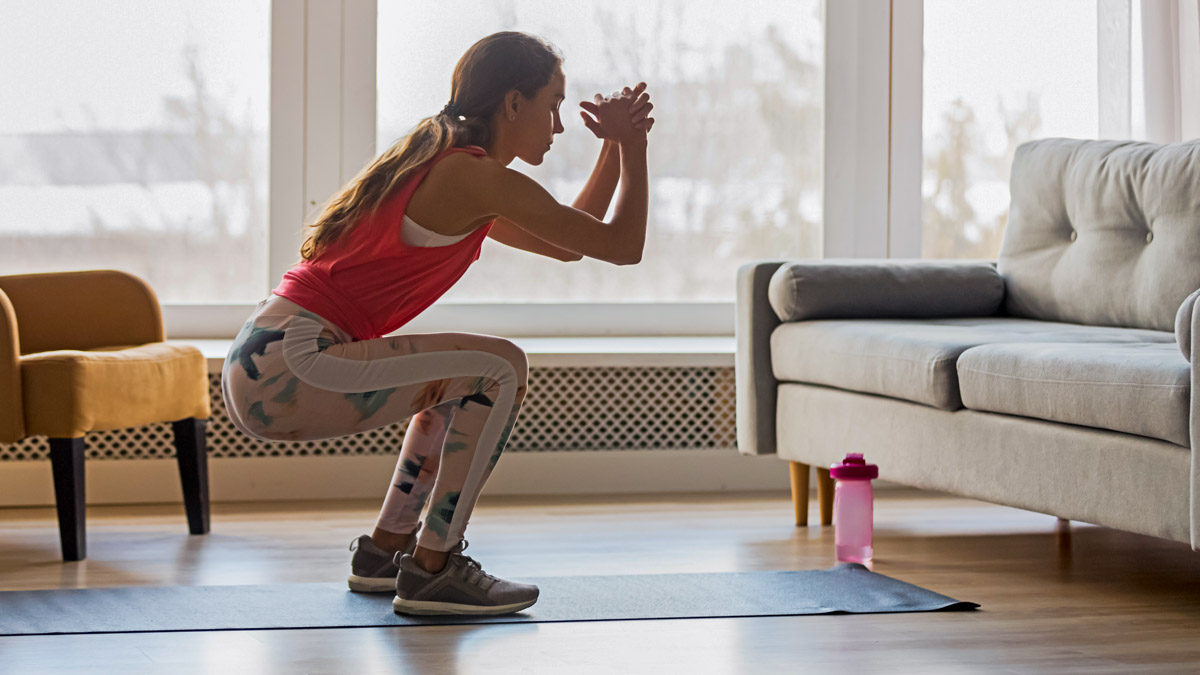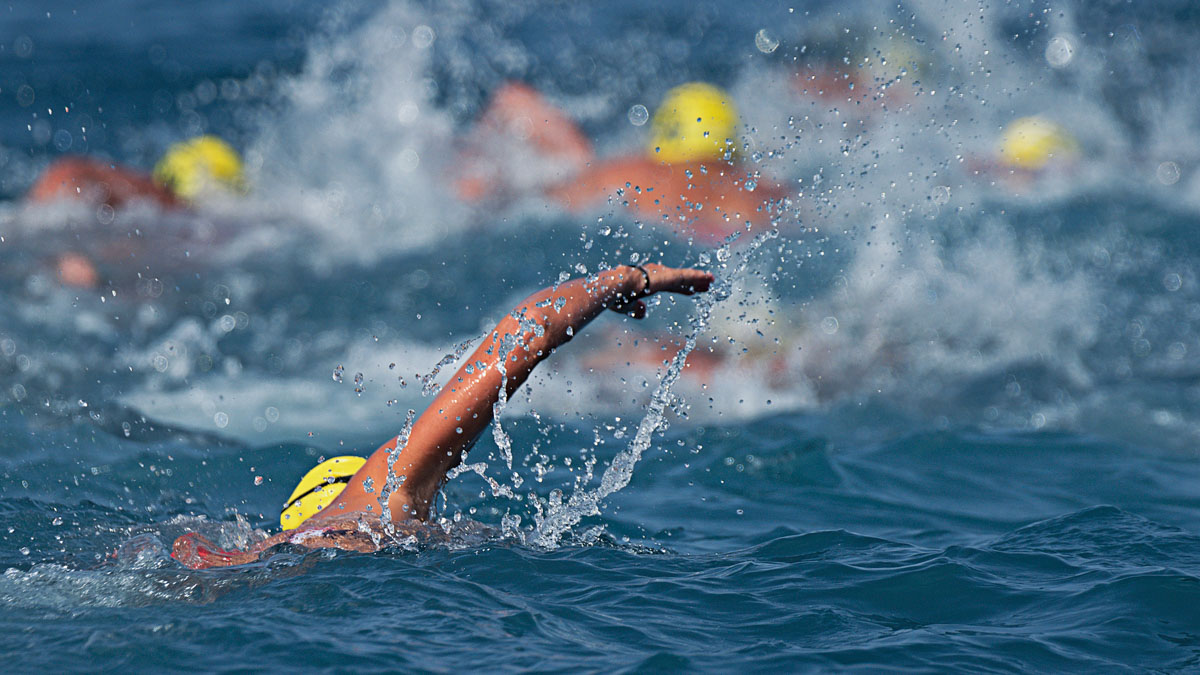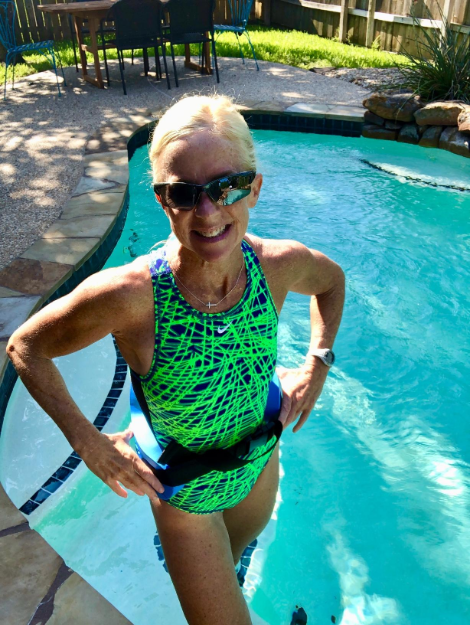If you are lucky enough to have pool or open water access right now, you are likely wondering how to maximize your time – especially if you have to make reservations or fit your training into a 30-60 minute blow. This article gets right to this with my seven top tips for getting faster in the pool.
1. Quality Over Quantity
You do not get faster by simply swimming more, you get faster by swimming well more. Swim speed is determined by approximately 80% technique, and 20% fitness. So, it’s crucial that your technique, or swim economy, is good if you want to be a fast swimmer.
If you are a beginner, it’s worth getting some lessons from a swim or triathlon coach, or you can send your coach some videos above and below the water. If you can, continue taking lessons every few months to make corrections and track progress. If you can’t continue with lessons, then continue to video yourself so you can critique your stroke on your own.
2. Frequency Over Volume
The more often you can get in the water (and swim well with good form), the better. I often say swimming twice per week is good for maintaining your swim, while swimming three (or more) times per week is good for improvement. Three swims at 2000 yards each is better than two swims at 3000 yards each, first because you’re swimming more frequently (fewer days out of the water) which will help maintain your feel of the water. It’ll also allow you to feel less-fatigued during those shorter sessions, which will help you maintain better form.
3. Become a Student of the Sport
There are many resources available, including websites, Youtube videos, and books, to learn proper swim form. Learn as much as you can about technique and swim training from the reputable online resources, and also from the best athletes and coaches available to you. Ask questions and reach out to your coach.
You can also save videos of Olympic or other accomplished swimmers demonstrating proper form, and rewatch them before your swim workouts so you can visualize them while swimming (this is something I like to do myself).
4. Love the Sport
This is a really important one. Not everyone loves swimming to start, but you will likely never reach your potential at swimming if you don’t learn to enjoy it. A positive attitude will help keep you engaged with learning about technique and training. If you enjoy swim training you’ll want to work harder while in the water and you will be less likely to miss workouts, especially in the off-season.
5. Drills, Drills, and More Drills
Drills will make you faster. They will help improve your balance and your feel of the water—and improve your technique. Every new drill will feel awkward and hard the first time you do it, but keep at it: it’ll get easier each time you practice. Some of my favorites include six count drill, single-arm freestyle, and fist drill.
6. Kick It
Becoming a proficient kicker is also a key piece to being a fast swimmer. The kick not only propels you through the water, but also helps balance your stroke. It is crucial to learn an efficient, strong kick to become a competitive, fast swimmer, and this will require plenty of kicking sets during your workouts.
7. Work Different Energy Systems
Just like we do for the bike and run, it’s important to work different energy systems in the water, doing aerobic work, threshold work, and VO2 work at different parts of the season. Swimming straight for an hour can be good for building endurance, it is not ideal for improving swim speed or raising threshold or VO2 max. And on the flip side, if you’re doing several master’s practices per week which are primarily short, fast sets, be sure to also do some workouts that focus on aerobic endurance.
You can also figure out where your weakness is by swimming different distances, like a 50, 100, 200, 400, and 800 at best sustainable effort, and see how your speed compares among the distances. If there is little difference between your 50 and 800 speed, it’s time to work some VO2 efforts. And on the other hand, if you have great top-end speed, but fade on the longer sets, start adding in more aerobic endurance work.
No Pool? You Can Adapt!
If you don’t have pool or open water swim access right now, swim cords are a great alternative for keeping up the muscle memory of swimming, and also for learning proper technique.
I’ve been leading weekly swim cord workouts for our team since March, and several athletes have found the cords helpful to maintain swim-specific strength and to learn the correct vertical forearm position out of the water. If you can’t hold your arm in proper position out of the water, you won’t be able to do it in the water, so doing the cords can be great for body awareness and also for building swim-specific strength.
Those are my top tips for improving swim speed. I believe everyone can improve their swimming with the right focus – from the novice athlete to the athlete with a college swimming background. Happy swimming!









